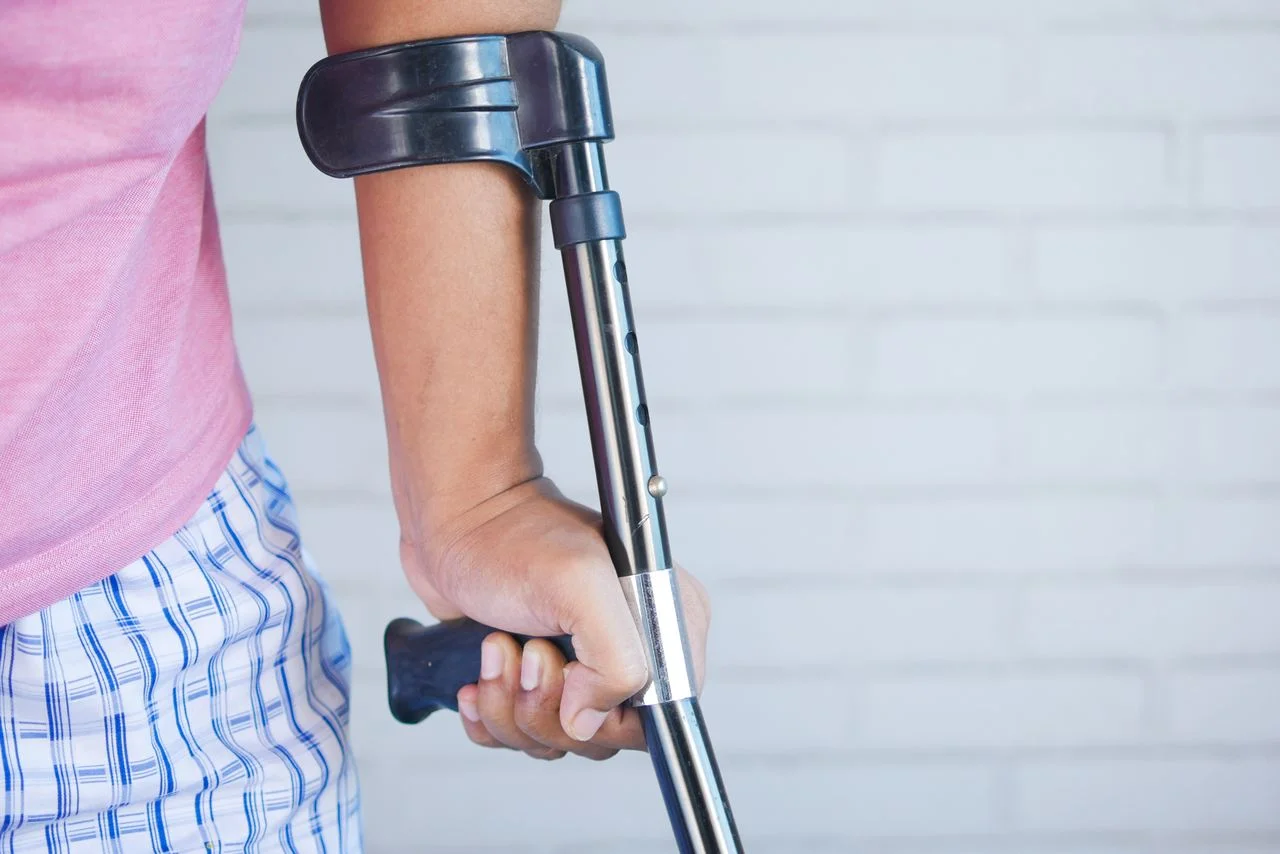Common Types of Workplace Injuries Covered by Workers’ Compensation in Alabama

Workplace injuries can occur in various settings and industries, and understanding the types of injuries covered by workers’ compensation in Alabama is crucial for employees and employers alike. Let’s explore some common workplace injuries eligible for workers’ compensation benefits in the state.
Strains and Sprains
Strains and sprains are among the most prevalent workplace injuries, often resulting from overexertion, lifting heavy objects, or repetitive motions. These injuries can affect muscles, tendons, and ligaments, causing pain, swelling, and limited mobility. Workers’ compensation benefits can help cover medical expenses and lost wages associated with these injuries.
Fractures and Broken Bones
Fractures and broken bones frequently occur in workplaces where employees are exposed to hazards such as falls, equipment malfunctions, or accidents involving machinery. These injuries can range from minor fractures to severe breaks requiring surgery and rehabilitation. Workers’ compensation provides financial support to cover medical treatment and rehabilitation costs.
Cuts and Lacerations
Cuts and lacerations are common in industries involving sharp objects, machinery, or tools. These injuries can vary in severity, from minor cuts requiring stitches to deep lacerations causing significant blood loss and tissue damage. Workers’ compensation benefits help cover medical treatment, including emergency care, sutures, and wound care.
Burn Injuries
Burns can result from exposure to heat, chemicals, electricity, or fire hazards in the workplace. Depending on the severity, burns can cause pain, tissue damage, and long-term complications. Workers’ compensation benefits may cover medical treatment, skin grafts, and rehabilitation for employees who sustain burn injuries on the job.
Back and Neck Injuries
Back and neck injuries are prevalent among workers who perform physically demanding tasks, such as lifting, bending, or operating heavy machinery. These injuries can result in chronic pain, limited mobility, and long-term disability. Workers’ compensation benefits may include medical treatment, physical therapy, and vocational rehabilitation for employees with back and neck injuries.
Repetitive Stress Injuries
Repetitive stress injuries, such as carpal tunnel syndrome and tendinitis, can develop over time due to repetitive motions or sustained exertion in the workplace. These injuries often affect workers in industries like manufacturing, assembly, and typing. Workers’ compensation benefits may cover medical treatment, ergonomic modifications, and disability benefits for employees with repetitive stress injuries.
Occupational Illnesses
Workers may develop occupational illnesses due to exposure to hazardous substances, toxins, or unsafe working conditions over time. Examples include respiratory conditions, hearing loss, and occupational cancers. Workers’ compensation benefits may provide coverage for medical treatment, disability benefits, and compensation for permanent impairments resulting from occupational illnesses.
Conclusion
Understanding the common types of workplace injuries covered by workers’ compensation in Alabama is essential for both employers and employees. By promoting a safe work environment, providing adequate training, and promptly reporting and addressing workplace injuries, employers can help prevent accidents and protect their workforce. Meanwhile, employees can ensure they receive the benefits they deserve by understanding their rights and seeking appropriate medical care and legal representation when needed.